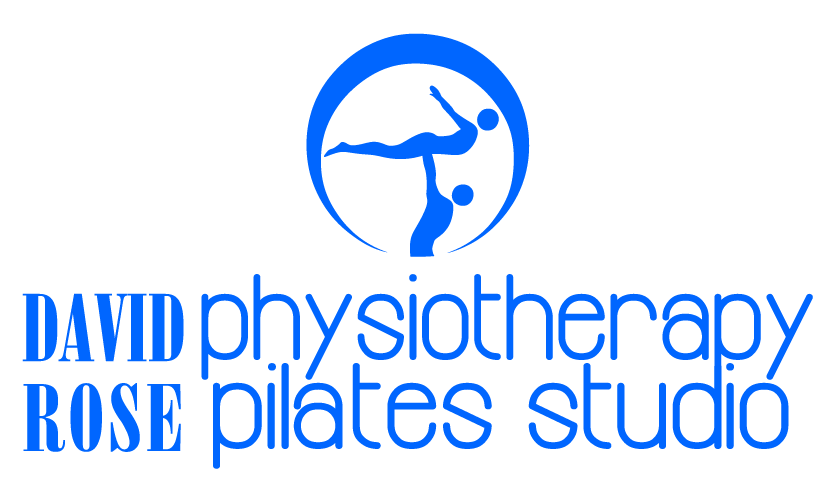Back muscle spasms explained

Common causes of back pain are stiff and sore discs and facet joints, and trigger points in the deep spinal muscles. These problems may cause an aching, grabbing or sharp pain locally or elsewhere in the body that you may have felt during certain activities or positions called muscle spasms.
It's important to remember that sometimes spasms of the muscle in the back are just a spasm of the muscle. That is, muscles have their own intrinsic protective mechanisms. A muscle has a mechanism by which it senses the extent to which it is extended (or stretched out) or the speed at which it's stretched out, and if either one exceeds a particular threshold the muscle reacts by contracting and protecting itself. Essentially it is protecting itself from tearing or damage.
Those muscle spasms tend to recover within a week to two weeks with appropriate interventions and appropriate rest. What’s important to be aware of is that the muscle spasms which doesn't recover or tends to reoccur with usual treatment methods can be a sign of another underlying problem. A variety of different conditions can cause that muscle spasm to reoccur. For instance, pain stemming from trigger points, facet joints (hinge joints in the spine), or discs (either degenerated or herniated) will cause an instinctive contraction of related muscles and, may cause them to spasm. These muscle spasms will tend to come back and many of us will experience that in our lifetime. These are the muscle spasms that need to be looked into deeper and evaluated for what is actually causing them.
In treating back muscle spasms, it is very important to diagnose the underlying problem. The treatment should be directed at the underlying problem.
Treatment of muscle spasms can include nerve blocks, medication, massage and hot packs, but treatment of the underlying problem needs physiotherapy intervention. Physiotherapy interventions may include mobilisation techniques, specific stretches and movements, specific core muscle strengthening, identification of predisposing factors, activity modifications, and dry needling trigger point release, depending on which underlying cause is creating the spasm.
Unless the underlying problem is evaluated, discovered, and treated, the back muscle spasms will tend to reoccur.
David Rose
Doctor of PhysiotherapyPilates Instructor
Bachelor of Human Movement Science

